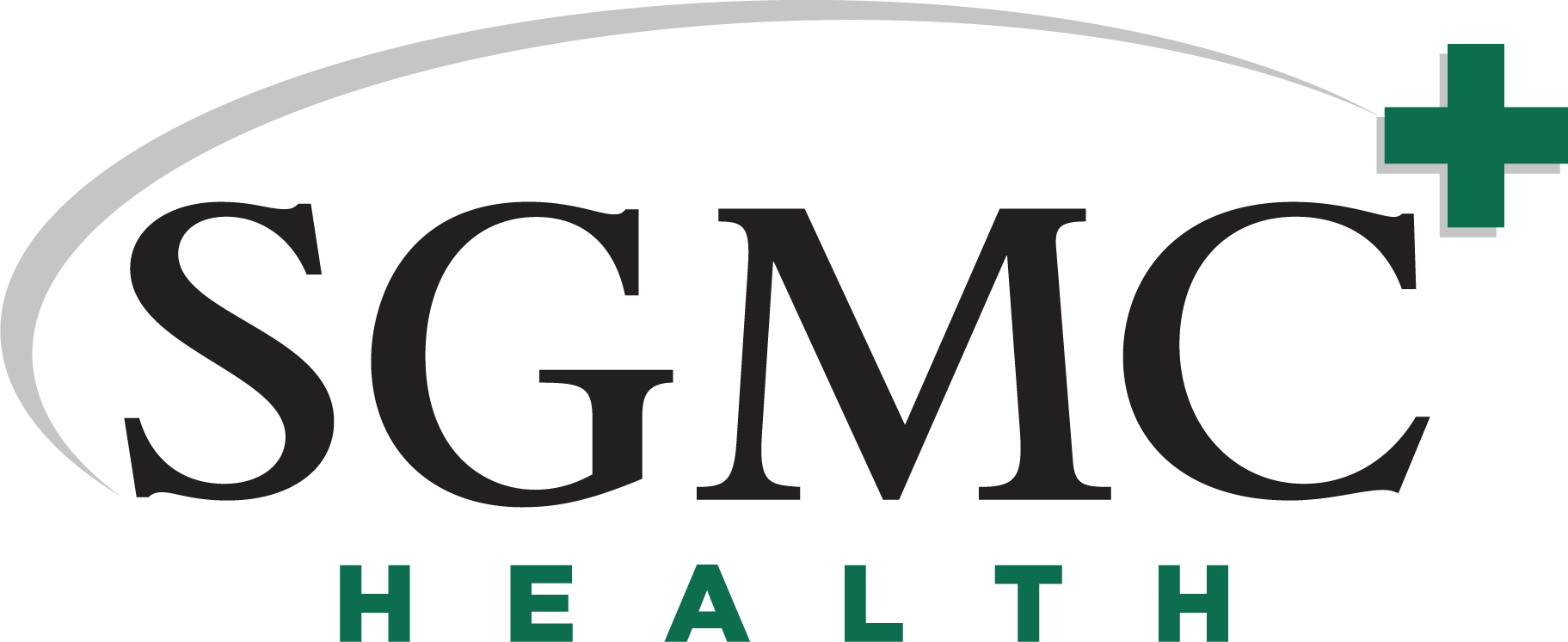9/19/2014
Maurice Solis, MD Valdosta, Ga. – SGMC CardioVascular Institute Vascular Surgeon Maurice Solis, MD performed the first aortic endograft procedure at the Dasher Heart Center on Wednesday, September 17. The minimally invasive procedure uses an aortic stent graft (endograft) to reinforce and protect the wall of an aortic aneurysm to keep it from rupturing. The aorta is the large artery that carries blood from the heart through the chest and abdomen. An aneurysm is an enlargement (dilation) of the blood vessel.With the aortic endograft technique, a fabric covered metallic stent is inserted into an abdominal aortic aneurysm by way of the patient’s femoral artery (leg). The device is threaded through the arterial system using X-ray guidance. When the device is positioned properly within the aortic aneurysm, the endograft is released from the introducer device. Once the graft is in place, it is expanded to fit tightly and seal against the wall of the aorta. This creates a new path through which blood can flow. According to Dr. Solis, the obvious advantage of this procedure is that no open abdominal incision is required. Recovery from the operation is considerably shorter than with traditional aortic aneurysm surgery and the hospital stay is shortened, usually a single day, and the chance of complications lessened.To determine whether a patient is a candidate for an endograft procedure, the patient’s individual anatomy is studied. The exact cause of aortic aneurysms is not completely understood but is associated with a number of risk factors including high cholesterol, chronic high blood pressure, a family history of aortic aneurysm, atherosclerosis and especially smoking. Small aneurysms can be safely followed with a yearly ultrasound. Aneurysms which enlarge to 2 inches in diameter should be repaired to prevent rupture. Aneurysm rupture results in massive internal bleeding which is fatal in 75% of cases. For more information on any of the procedures available at the SGMC CVI, call 229-259-4369.

